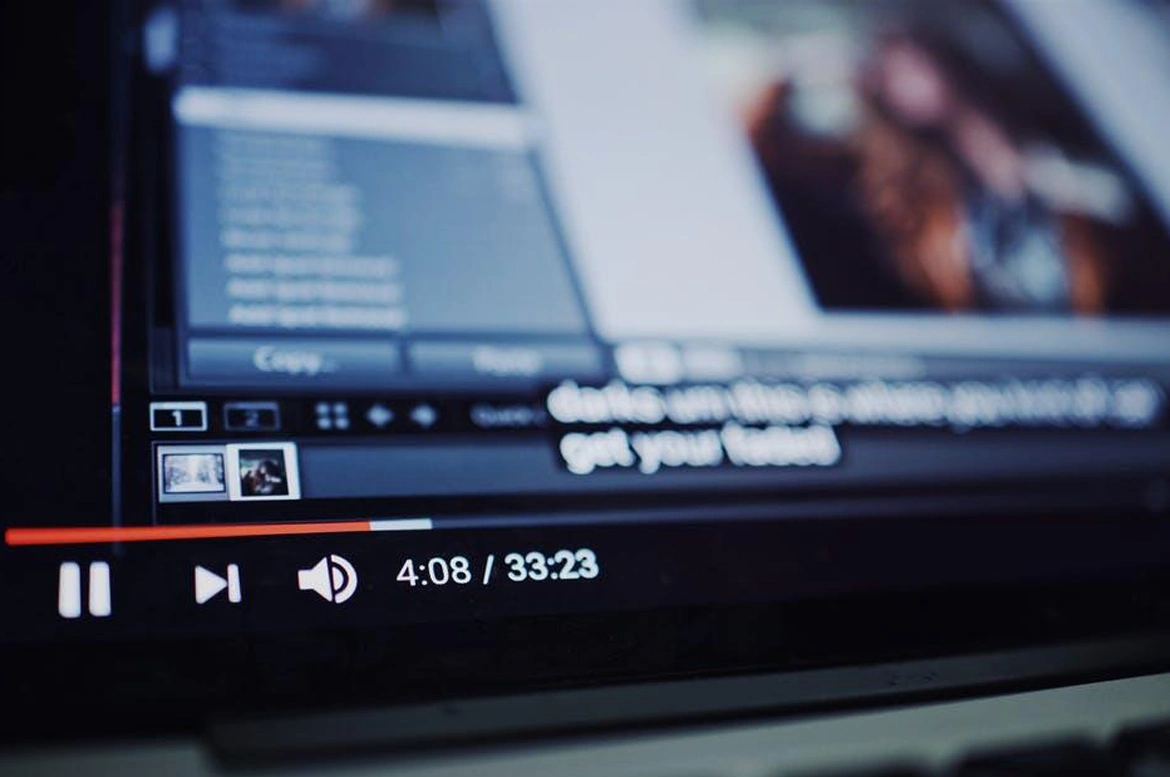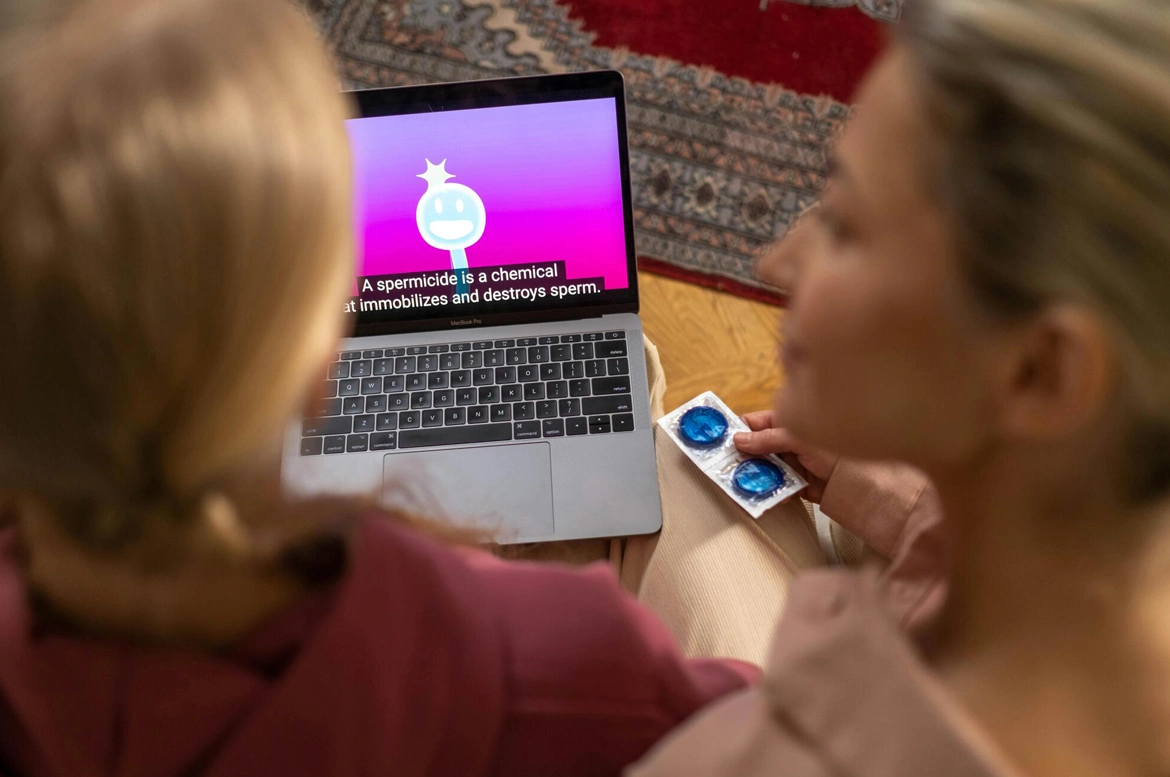Subtitles for the Deaf and Hard of Hearing (SDH) captions are more than just text at the bottom of your screen. They’re a bridge to the world of sound and speech for those who have hearing impairments.
Have you found yourself wondering, “what are SDH captions?” and why they’re so vital? You’re in the right place.
Today we’re going over everything you need to know about this helpful element of the media landscape!
Keep reading!
What Are SDH (Subtitles for the Deaf and Hard of Hearing) Captions?
SDH captions are a special kind of subtitle designed to meet the needs of those who are deaf or hard of hearing.
Unlike standard subtitles, which are typically used for translating dialogue from one language to another, SDH captions provide additional information.
This includes identifying who is speaking, noting significant sound effects, and conveying the tone or mood of the scene. For example, an SDH caption might read “[upbeat music playing]” or “[whispers]”.
This added layer of detail helps viewers who can’t hear the audio to follow the story more fully and understand the context in which the dialogue is spoken.
SDH captions are carefully positioned on the screen so they don’t block important visual elements.
They’re also crafted to be clear and easy to read, using fonts and colors that stand out against the background. The goal is to make the viewing experience as seamless as possible for everyone.
These captions are not just a tool for accessibility; they can be a lifeline to culture, entertainment, and information.
History
Initially, captioning was primarily focused on providing basic access to television for the deaf and hard-of-hearing communities. The early days saw simple captions, often live and prone to errors, limited to certain programs.
However, as awareness grew, so did the quality and prevalence of these captions. Advancements in digital technology brought about a significant change. It allowed for more precise timing, better readability, and the inclusion of those vital non-speech elements that make up SDH captions.
This technological shift, coupled with stronger advocacy and legal requirements, propelled SDH captions from a niche offering to a standard feature in media.
Components and Characteristics
SDH captions are not just about transcribing spoken words. They include a range of details to create a full auditory experience in text form. This means noting who is speaking, which is especially helpful in scenes with multiple characters.
Sounds that contribute to the story, like a door slamming or a phone ringing, are also described. Even the way something is said gets attention-a whisper, a shout, or a sarcastic tone.
The design of these captions is equally important. They are crafted for clarity, using fonts that are easy to read and contrasting colors to stand out against the background. Their placement on the screen is strategic, ensuring they don’t obscure important visual information.
All these elements work together to make SDH captions a powerful tool for accessibility.
Media Accessibility
The impact of SDH captions on media accessibility cannot be overstated. For the deaf and hard of hearing community, these captions are essential for understanding and enjoying video content.
They level the playing field, allowing access to news, entertainment, and educational materials that would otherwise be inaccessible.
This not only benefits individuals with hearing impairments but also aids those learning a new language, viewers in noisy environments, or anyone who prefers reading along.
In many ways, SDH captions have become a tool for inclusivity, opening doors to experiences that many of us take for granted.
SDH Process and Best Practices
It starts with a precise transcription of the audio, where every word is carefully captured.
The timing of the captions is crucial; they must sync with the audio to ensure a seamless viewing experience.
This involves not just the dialogue but also the timing of sound effects and musical cues. The next step is adding descriptions for non-dialogue audio elements-a task that requires a keen understanding of how sound contributes to storytelling.
The choice of font, size, and color is also critical. The captions must be readable across various devices and settings, from a large TV screen to a smartphone.
Adhering to best practices and standards is paramount in this process.
This includes guidelines on caption length, reading speed, and line breaks, ensuring that viewers have enough time to read and understand the content without feeling rushed. Tools and software play a crucial role, offering functionalities like automatic speech recognition and synchronization.
However, human oversight remains essential to ensure accuracy, context, and the subtleties of language are appropriately conveyed.
Challenges in SDH Captioning
One of the biggest hurdles is ensuring accuracy. Captions must precisely reflect not only the spoken words but also the context and subtleties of the audio.
This is particularly challenging with live broadcasts, where there is little room for error. Additionally, balancing readability and detail is a delicate act.
Captions must be concise yet comprehensive, providing enough information without overwhelming the viewer. This becomes even more complex with fast-paced dialogue or scenes with multiple sound sources.
Moreover, the rise of automated captioning systems, while efficient, often struggles with accuracy, especially with complex vocabulary, accents, and idiomatic expressions.
Future of SDH Captions
Emerging technologies like artificial intelligence and machine learning are set to revolutionize how captions are created.
These technologies promise greater accuracy and speed, potentially improving live captioning significantly.
As media consumption continues to evolve with streaming services and online platforms becoming more prevalent, the demand for high-quality captioning is likely to increase.
This shift could lead to more standardized practices and potentially global standards for SDH captioning. The ongoing advancements in this field are not just technological but also cultural, reflecting a growing recognition of the importance of accessibility in media.
What Are SDH Captions?
So there you have it! Hopefully your question, “What are SDH captions?” has been fully answered.
And if you’re looking for SDH service, we’ve got you covered. Since 2003, we’ve been providing closed captioning, subtitling, and script services to some of the biggest names in the film and television industry. Contact us today!




